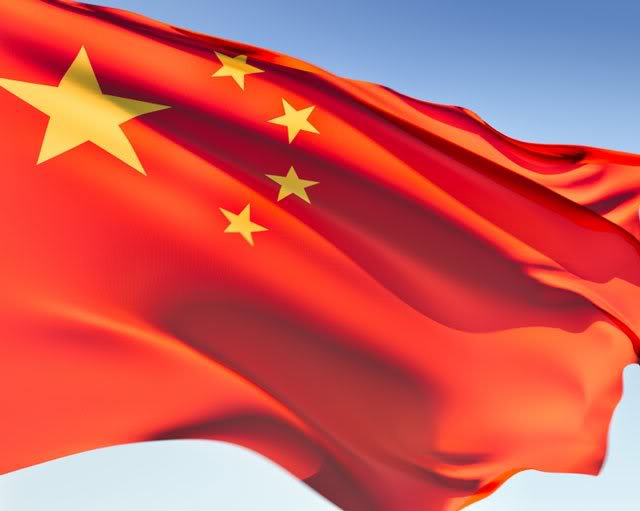Takhzyro Approved in China for Routine Prevention of HAE Attacks
Written by |

Takeda’s Takhzyro (lanadelumab) has been approved in China for the routine prevention of hereditary angioedema (HAE) attacks in patients ages 12 and older, the company announced.
It now becomes the “first approved modern therapy” available in the country for this indication, Takeda said in a press release.
The treatment is recommended at a starting dose of 300 mg, given as an under-the-skin (subcutaneous) injection every two weeks. Patients who remain attack-free on Takhzyro for more than six months may increase their dosing intervals and receive treatment every four weeks, the company said.
Notably, Takhzyro can be self-administered after appropriate training by a healthcare professional. In clinical trials, the majority of patients took 10 to 60 seconds (one minute) to administer the injection.
“The approval of Takhzyro is exciting news for the HAE community in China,” said Fiona Wardman, the chief regional patient advocate at Hereditary Angioedema International.
“Until now, no modern therapies have been available to HAE patients in the country,” Wardman said. “The availability of Takhzyro to help prevent HAE attacks represents significant progress for those living with this chronic condition.”
A monoclonal antibody, Takhzyro works by blocking the activity of kallikrein, an enzyme that is overactive in HAE patients and increases the levels of the inflammatory mediator bradykinin. Bradykinin, in turn, causes blood vessels to dilate and tissue to swell.
By suppressing kallikrein, Takhzyro is thought to lower bradykinin levels and reduce the likelihood of swelling attacks.
The therapy — developed by Shire, now part of Takeda — is approved for the routine prevention of angioedema attacks in more than 20 countries, including in the U.S., the European Union, and Canada.
These approvals were supported by positive results from the HELP Phase 3 trial (NCT02586805), in which Takhzyro, at its recommended dose, significantly lowered the rate of HAE attacks per month by 87% compared with a placebo.
The treatment also significantly reduced the rates of attacks requiring acute treatment, and moderate or severe attacks, as well as improving patients’ quality of life. The proportion of people with HAE who remained attack-free during the study’s 26 weeks also was greater with Takhzyro (44% vs. 2%), compared with the placebo.
The most common adverse events were injection-site pain, infections in the upper respiratory tract, headache, and rash in the injection site. Most were mild to moderate in severity.
“This milestone demonstrates Takeda’s ongoing commitment to support the HAE community globally, as we work to expand access to Takhzyro and potentially 14 more highly innovative Takeda medicines to China’s patients over the next five years,” said Sean Shan, president of Takeda China.
“The Chinese government’s recent healthcare reforms play an evolving role in reaccelerating the delivery of important therapies like Takhzyro to as many patients as possible through their efforts to increasingly reward innovation,” Shan added.





